Evil underwater obstructions are ready to steal your anchor. These simple anchor modifications help you fight back.It was a gorgeous day in May. The trout spawn was in full effect and it was a little windy in Bay Eloi, where I was fishing some of my favorite gas rigs.
The southeast wind was blowing ten to fifteen knots and I was anchored off a rig, with the bow facing into seas of one to two feet and the stern squared off towards my spotted quarry.
I knew the speckled things were down there. I could envision them holding in breaks of the underwater trash. Catching them was easy with Matrix Shad and a steady retrieve.
Sometimes the lure fell too much, getting snagged on rusted pipes beneath the surface. No matter how much I twitched the rod I was forced to pop the line, tie on a new jighead and begin anew.
The bite died after I had caught a dozen or so. It was a good bite!
I went to leave, starting the motor and idling forward before picking up the anchor, a good practice to make retrieval easy. Then I walked to the bow and began hauling the anchor in.
I took out the slack and pulled and got nothing. A couple more jerks revealed to me the anchor was stuck on something below.
Worried it could be sometime more sensitive than a piece of garbage I cut the anchor line as close as I could and then departed the area.
After all, I was prepared and had a second anchor. It was my only one left and I knew I would have to be careful with it.
How to Rig a Tripping Line
That day was nearly five years ago, and if I had known how to rig a tripping line I could've kept my anchor.
That scenario will play out again, and this time I will be prepared! I'll show you how.
What kind of anchor am I talking about?
When I say "anchor" I am referring to the Danforth anchor, one of the most common anchor types out there.
The Danforth anchor is loved by boaters because it can anchor a large vessel with a lightweight design. Pay out enough scope and it won't come undone in even the worse conditions.
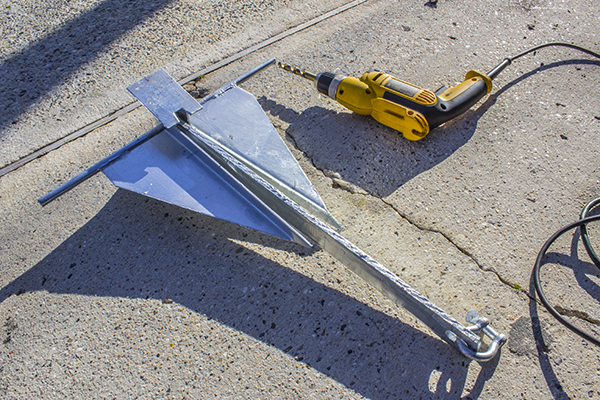
Why do we need a good anchor?
Having a good Danforth anchor in the boat is critical to the success of your fishing trip.
You cannot always use shallow water anchors like a Power Pole or cajun anchor. You need something that will get your boat pointed at fish from the right direction or keep you from drifting when the motor breaks down.
The Danforth is there to work! But it does you no good if your anchor is eaten by an evil underwater snag.
How do we keep our good anchor?
How not to do it:
It's important to point out that one should never tie the anchor off to a cleat and try to pull it out with the boat motor.
This is dumb and a surefire way to let Murphy's Law intervene: if something can go wrong it will.
This happened to a group of four boaters and they got to learn the hard way.
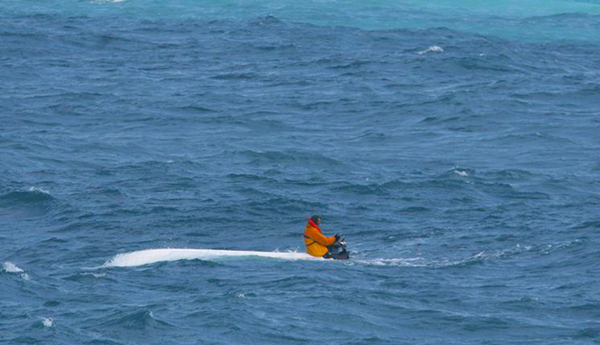
In rough seas their anchor would not come undone. So they tied the anchor line to a cleat on the stern and gunned the motor.
What happened next caused the boat to become swamped and turn over in cold water. Three of them died.
I always carry a spare anchor, but today I am certain to rig my primary anchor so that it can be retrieved.
I like my anchor. It works for me. It's easy to use. I'd like to keep it and not feed it to the fathoms of Louisiana's inshore waters.
Modify Your Anchor With a Tripping Line
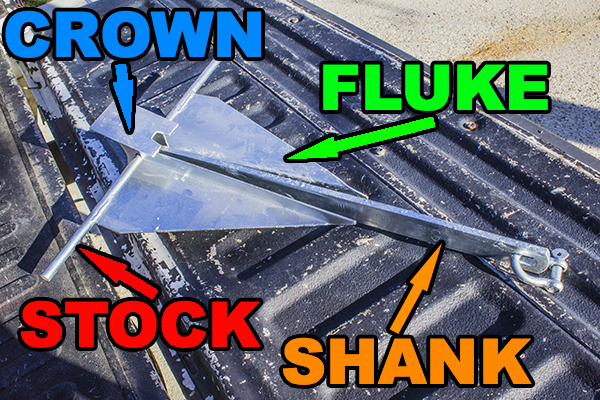
Knowing what's what on an anchor is key to properly pimping it out.
I modify my anchor by turning the rode (the line going to the anchor) into a dual-purpose line, both a rode and a tripping line.
I do this by creating a weak point at the end of the shank where the rode normally connects to.
First, I drill a hole through the crown of the anchor and connect the rope there, usually with an eye splice and clevis hook, but I used a bowline with a security knot.
Then I run the rope down the shank of the anchor and zip-tie it to the end of the shank.
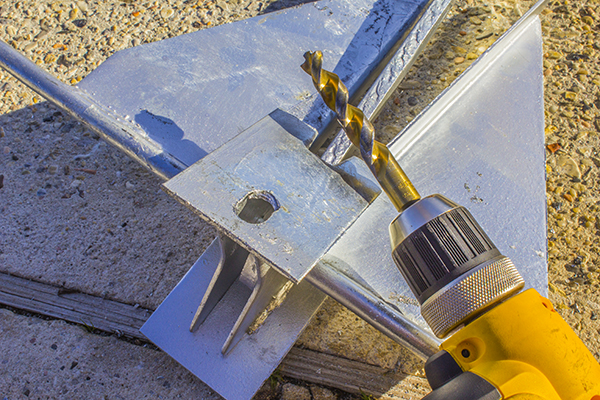
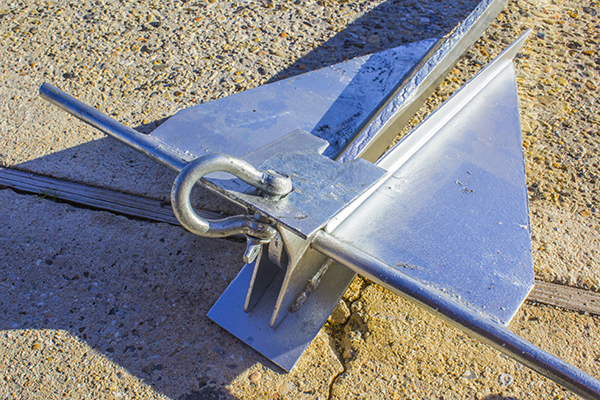
When the anchor becomes so stuck that it won't dislodge, pull hard on the anchor line to pop the ziptie and pull the anchor out backwards by the crown.
You're essentially using the anchor line (rode) as a tripping line. This trick is also good for Plough and Bruce anchors.
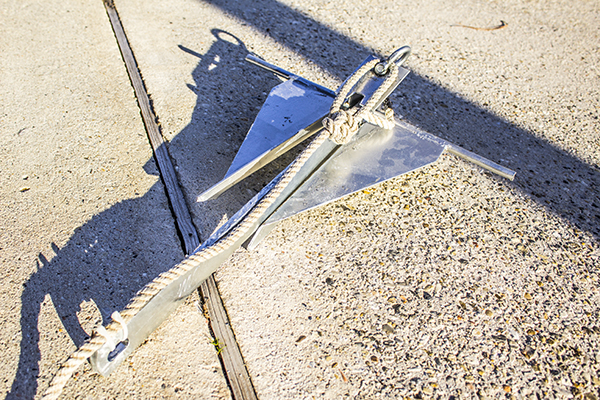
Note
Yes, I removed the anchor chain. On my flatboat, where this is stored, it is not needed.
On larger vessels, such as a bay boat or catamaran, I recommend it.
Tight lines, y'all!

Why wouldn’t it? The teeth can still dig in as it is designed to do.
Otherwise, you’ll definitely be resetting it. lol
Thank you for commenting, Mark.
That’s a great idea, but what if the anchor lands on the bottom with the crown part that was drilled on the bottom instead of rope side up? Will it still set? Thanks.